Why Every Developer Should Learn About Cloudflare
This post is the first in a series where we will discuss why every developer should know about Cloudflare. I discovered Cloudflare when we were considering moving our domain from Namecheap. Before that, I had used Cloudflare as a CDN but never realized it was a game-changing platform for startups. I used to think its network-related services, like DDoS protection, were expensive and only for large enterprises. Many companies charge a lot just for DDoS protection, but Cloudflare provides many essential DDoS features and capabilities for free. Advantages of Cloudflare for developers DDoS protection This was the main reason we switched to Cloudflare. Imagine hosting your application on a cloud provider where you are charged for both outgoing and incoming data. Then, you're constantly attacked by bots or malicious actors searching for weaknesses in your applications (we often see traffic from bots trying to exploit WordPress vulnerabilities in our apps). The result is a huge bill for outgoing data and ongoing frustration over something that adds no business value but reduces system performance. Cloudflare offers DDoS protection in all its plans, including the free tier, although the features and capabilities differ depending on the plan you select. Free Plan Unmetered DDoS Mitigation: Even on the free plan, Cloudflare provides unlimited protection against DDoS attacks at Layers 3, 4, and 7 of the OSI model. This means there’s no cap on attack size, duration, or type, and you won’t be charged extra for traffic spikes caused by attacks. Automatic Mitigation: The free plan includes Cloudflare’s Autonomous DDoS Protection Edge, which uses pre-configured managed rulesets to detect and block common attack patterns automatically. This covers things like floods, protocol violations, and suspicious traffic. Basic WAF (Web Application Firewall): You get a limited version of the WAF with the Cloudflare Managed Ruleset, which helps mitigate Layer 7 HTTP-based attacks (e.g., targeting your website or application). Limitations: While robust for basic needs, the free plan lacks advanced customization. You can’t tweak the managed rulesets much, and there’s no access to features like rate limiting, bot management, or priority routing (e.g., Argo Smart Routing). It’s best suited for small sites or personal projects. Paid Plans (Pro, Business, Enterprise) Enhanced DDoS Features: All paid plans build on the free tier’s unmetered mitigation with additional tools and flexibility: Pro Plan: Adds more control over caching (e.g., Cache Rules) and includes Super Bot Fight Mode to challenge or block automated traffic and verified bots. You also get the OWASP Core Managed Ruleset to stop common threats like SQL injection, plus Exposed Credentials Check to prevent credential stuffing attacks. Business Plan: Steps up with advanced WAF customization, rate limiting (to throttle abusive behavior), and prioritized email support. It’s designed for small businesses needing stronger protection and scalability. Enterprise Plan: Offers the full suite, including Adaptive DDoS Protection (which learns your traffic patterns for tailored mitigation), advanced bot management, and custom rulesets. It also includes Magic Transit for Layer 3/4 network-level protection and Spectrum for non-HTTP traffic (e.g., TCP/UDP apps). Plus, you get 24/7 support and SLAs. Add-Ons: Features like Argo Smart Routing (optimized traffic paths) and Load Balancing (failover and traffic distribution) are available as paid add-ons for Free, Pro, and Business plans, enhancing DDoS resilience indirectly by improving performance and availability. No Egress Charges Cloudflare's policy of not charging for egress (outbound data transfer) is a significant advantage for developers and businesses. This can lead to substantial cost savings, especially for applications with high data transfer needs. By eliminating egress fees, Cloudflare allows developers to focus on optimizing their applications without worrying about unexpected costs. This approach also encourages innovation, as developers can experiment with different architectures and services without the fear of incurring high data transfer charges. Additionally, it simplifies budgeting and financial planning for projects, making it easier to predict and manage expenses. Cloudflare pages Cloudflare Pages is a powerful platform for hosting static web applications, including Single Page Applications (SPAs), with ease and efficiency. It offers seamless integration with popular version control systems like GitHub, enabling automatic deployments with every code push. This feature streamlines the development workflow, allowing developers to focus on building features rather than managing infrastructure. Cloudflare Pages also provides built-in support for custom domains and SSL certificates, ensuring secure and professional-looking websites. Furthermore, its global CDN ensu

This post is the first in a series where we will discuss why every developer should know about Cloudflare.
I discovered Cloudflare when we were considering moving our domain from Namecheap. Before that, I had used Cloudflare as a CDN but never realized it was a game-changing platform for startups. I used to think its network-related services, like DDoS protection, were expensive and only for large enterprises. Many companies charge a lot just for DDoS protection, but Cloudflare provides many essential DDoS features and capabilities for free.
Advantages of Cloudflare for developers
DDoS protection
This was the main reason we switched to Cloudflare. Imagine hosting your application on a cloud provider where you are charged for both outgoing and incoming data. Then, you're constantly attacked by bots or malicious actors searching for weaknesses in your applications (we often see traffic from bots trying to exploit WordPress vulnerabilities in our apps). The result is a huge bill for outgoing data and ongoing frustration over something that adds no business value but reduces system performance.
Cloudflare offers DDoS protection in all its plans, including the free tier, although the features and capabilities differ depending on the plan you select.
Free Plan
Unmetered DDoS Mitigation: Even on the free plan, Cloudflare provides unlimited protection against DDoS attacks at Layers 3, 4, and 7 of the OSI model. This means there’s no cap on attack size, duration, or type, and you won’t be charged extra for traffic spikes caused by attacks.
Automatic Mitigation: The free plan includes Cloudflare’s Autonomous DDoS Protection Edge, which uses pre-configured managed rulesets to detect and block common attack patterns automatically. This covers things like floods, protocol violations, and suspicious traffic.
Basic WAF (Web Application Firewall): You get a limited version of the WAF with the Cloudflare Managed Ruleset, which helps mitigate Layer 7 HTTP-based attacks (e.g., targeting your website or application).
Limitations: While robust for basic needs, the free plan lacks advanced customization. You can’t tweak the managed rulesets much, and there’s no access to features like rate limiting, bot management, or priority routing (e.g., Argo Smart Routing). It’s best suited for small sites or personal projects.
Paid Plans (Pro, Business, Enterprise)
-
Enhanced DDoS Features: All paid plans build on the free tier’s unmetered mitigation with additional tools and flexibility:
- Pro Plan: Adds more control over caching (e.g., Cache Rules) and includes Super Bot Fight Mode to challenge or block automated traffic and verified bots. You also get the OWASP Core Managed Ruleset to stop common threats like SQL injection, plus Exposed Credentials Check to prevent credential stuffing attacks.
- Business Plan: Steps up with advanced WAF customization, rate limiting (to throttle abusive behavior), and prioritized email support. It’s designed for small businesses needing stronger protection and scalability.
- Enterprise Plan: Offers the full suite, including Adaptive DDoS Protection (which learns your traffic patterns for tailored mitigation), advanced bot management, and custom rulesets. It also includes Magic Transit for Layer 3/4 network-level protection and Spectrum for non-HTTP traffic (e.g., TCP/UDP apps). Plus, you get 24/7 support and SLAs.
Add-Ons: Features like Argo Smart Routing (optimized traffic paths) and Load Balancing (failover and traffic distribution) are available as paid add-ons for Free, Pro, and Business plans, enhancing DDoS resilience indirectly by improving performance and availability.
No Egress Charges
Cloudflare's policy of not charging for egress (outbound data transfer) is a significant advantage for developers and businesses. This can lead to substantial cost savings, especially for applications with high data transfer needs. By eliminating egress fees, Cloudflare allows developers to focus on optimizing their applications without worrying about unexpected costs. This approach also encourages innovation, as developers can experiment with different architectures and services without the fear of incurring high data transfer charges. Additionally, it simplifies budgeting and financial planning for projects, making it easier to predict and manage expenses.
Cloudflare pages
Cloudflare Pages is a powerful platform for hosting static web applications, including Single Page Applications (SPAs), with ease and efficiency. It offers seamless integration with popular version control systems like GitHub, enabling automatic deployments with every code push. This feature streamlines the development workflow, allowing developers to focus on building features rather than managing infrastructure. Cloudflare Pages also provides built-in support for custom domains and SSL certificates, ensuring secure and professional-looking websites. Furthermore, its global CDN ensures fast content delivery, enhancing the user experience by reducing load times and improving site performance.
Bandwidth alliance
Cloudflare has a bandwidth alliance with some cloud providers, where egress through the Cloudflare network for shared customers is either free or significantly discounted. You can learn more about it here. This means if your cloud provider is part of this alliance with Cloudflare, you can save a substantial amount on egress charges. Microsoft Azure and Google Cloud are some of the major names in this alliance. Unfortunately, AWS is not part of this alliance.
Cloudflare Workers
We weren't using any FaaS offerings from cloud providers due to complex pricing, the constant fear of DDoS attacks, and a poor developer experience. Cloudflare Workers, a serverless FaaS (Function as a Service) offering, changed our perspective. It's available to users on the free plan and includes a generous free tier (100k requests per day / 3 million requests per month). Cloudflare doesn't charge for subrequests made from your worker. You aren't billed for duration, and charges for CPU time are based on the CPU time used by a request, not on wall time.
The Workers paid plan starts at $5 per month, includes 10 million requests, has no charges for duration, and offers a simple pricing structure for CPU time. I haven't seen any FaaS offering with such a straightforward pricing structure and excellent developer experience. You can find complete pricing details here.
Cloudflare Workers also supports static assets, which seems to be a replacement for Cloudflare Pages. Instead of using Cloudflare Pages for static assets (excluding media files), you can use Workers as an all-in-one platform for running functions and serving static assets, including SPAs.
Cloudflare Tunnel
Cloudflare Tunnel, formerly known as Argo Tunnel, is a service that allows developers to securely expose their local servers or applications to the internet without needing to open ports or configure complex firewall rules. It creates a secure, outbound-only connection from your server to Cloudflare's network, effectively acting as a reverse proxy. This is particularly useful for developers who want to test applications in a live environment or provide remote access to internal services without compromising security. Cloudflare Tunnel also integrates seamlessly with Cloudflare's other security features, such as DDoS protection and WAF, ensuring that your applications remain protected from external threats. Additionally, it simplifies the process of managing SSL/TLS certificates, as Cloudflare automatically handles encryption between the client and the server. This makes it an ideal solution for developers looking to enhance security and streamline access to their applications.
Conclusion
In conclusion, Cloudflare offers a comprehensive suite of tools and services that are invaluable for developers and businesses of all sizes. From robust DDoS protection and cost-saving measures like no egress charges to innovative solutions such as Cloudflare Pages and Cloudflare Tunnel, the platform provides a versatile and secure environment for building and deploying applications. By leveraging Cloudflare's global network and developer-friendly features, developers can enhance the performance, security, and reliability of their applications while maintaining control over costs. As the digital landscape continues to evolve, Cloudflare remains a crucial ally for developers seeking to optimize their workflows and deliver exceptional user experiences.









































































































































































![[The AI Show Episode 143]: ChatGPT Revenue Surge, New AGI Timelines, Amazon’s AI Agent, Claude for Education, Model Context Protocol & LLMs Pass the Turing Test](https://www.marketingaiinstitute.com/hubfs/ep%20143%20cover.png)


















































































































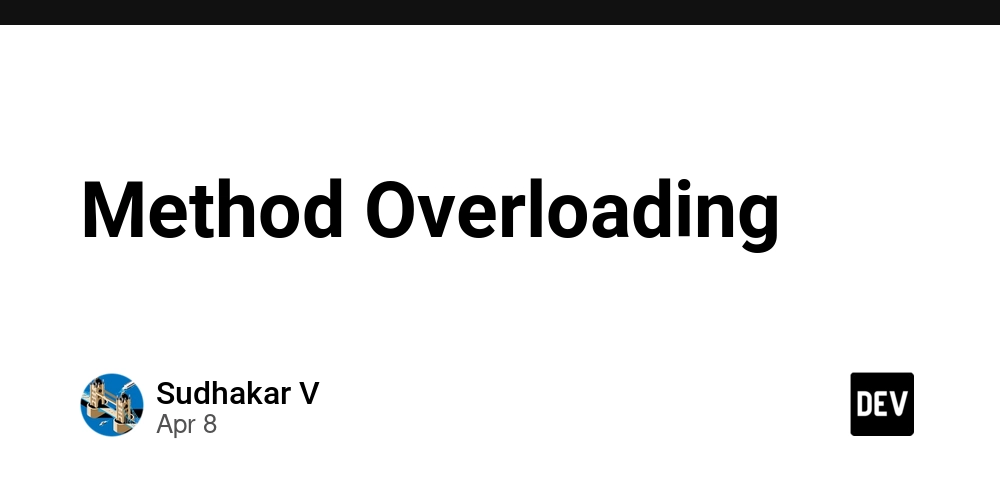
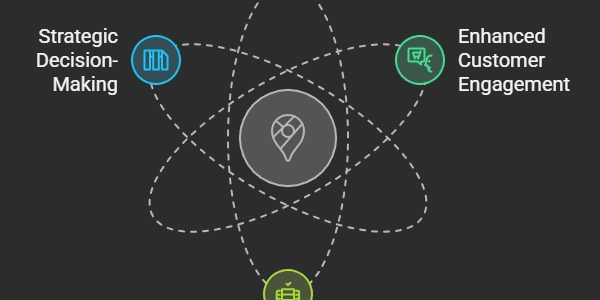











![From drop-out to software architect with Jason Lengstorf [Podcast #167]](https://cdn.hashnode.com/res/hashnode/image/upload/v1743796461357/f3d19cd7-e6f5-4d7c-8bfc-eb974bc8da68.png?#)


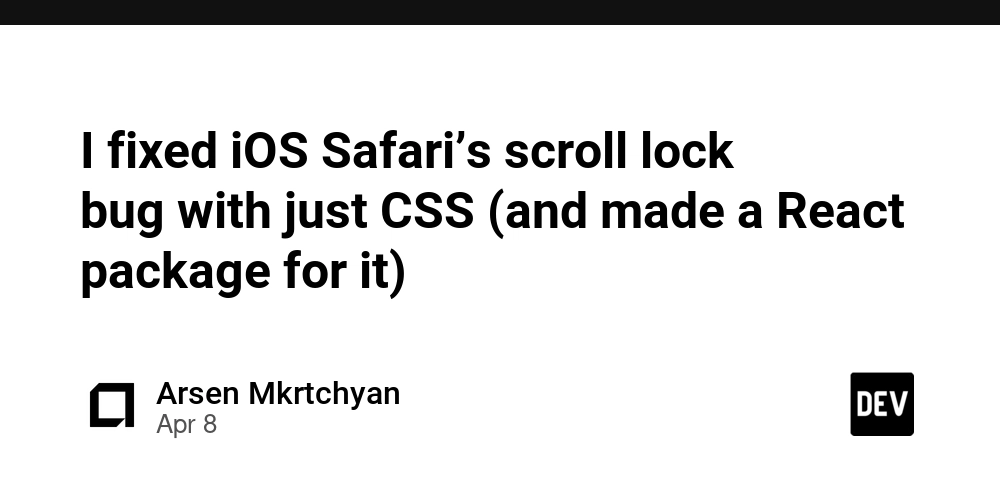
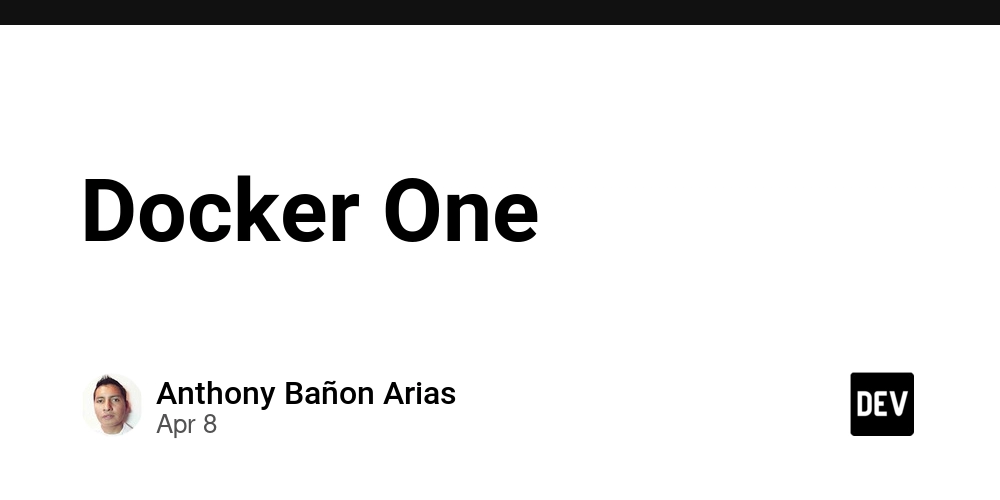






































































































































_Zoonar_GmbH_Alamy.jpg?#)



 (1).webp?#)




































































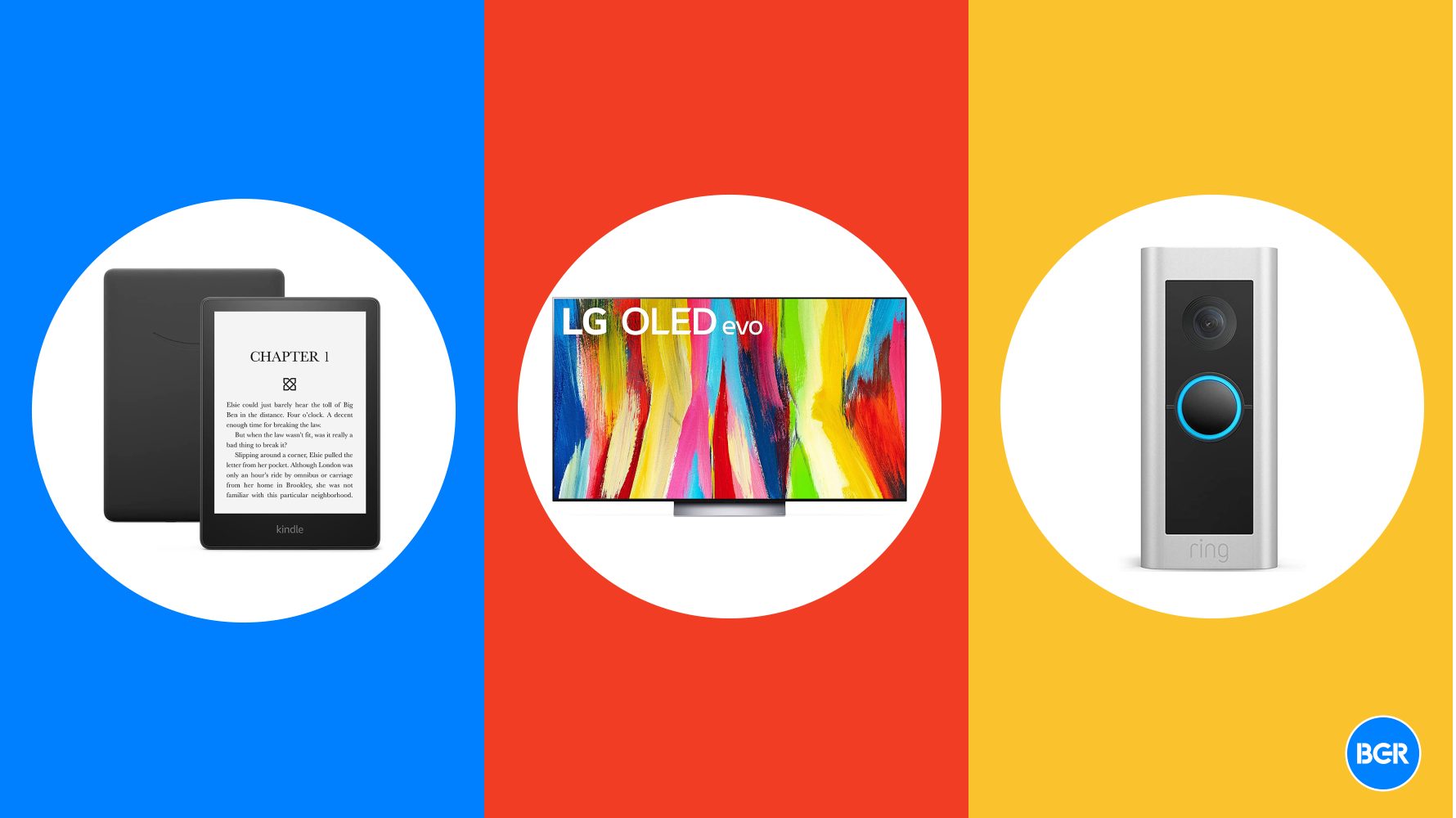








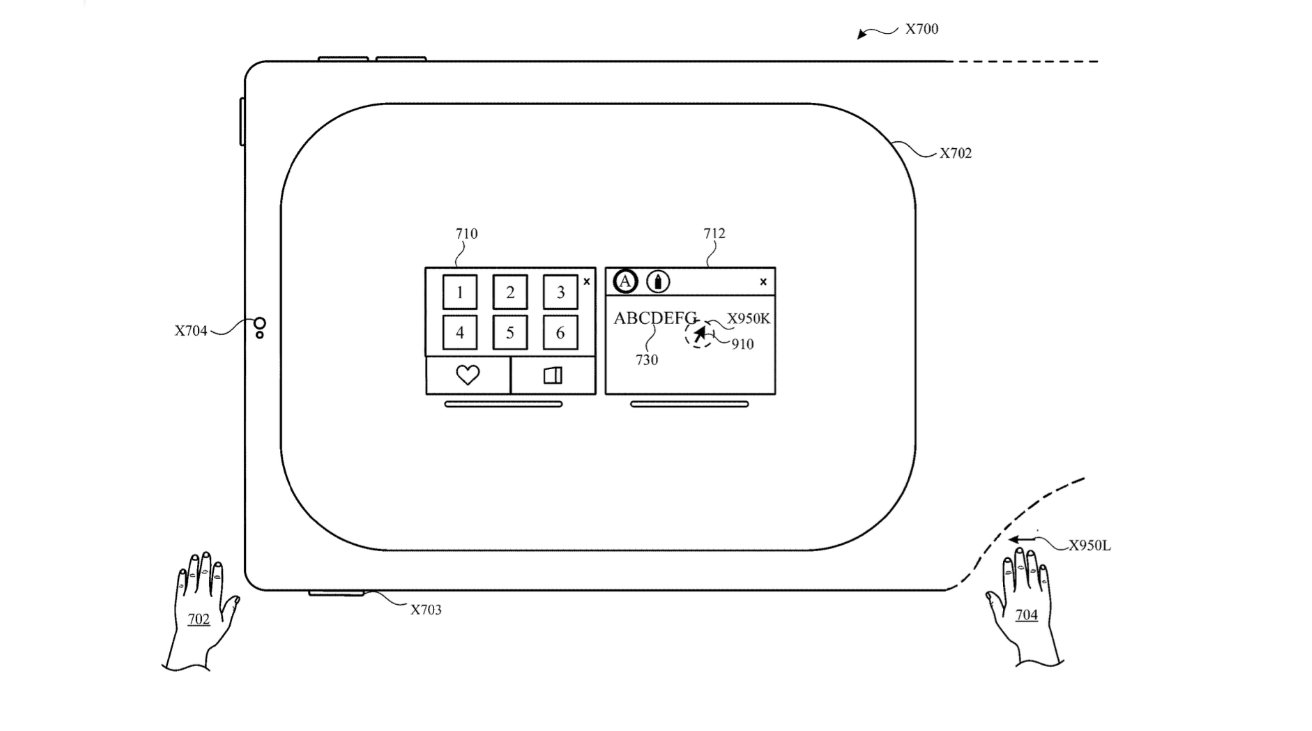








![Are you buying a new Apple product to avoid tariffs? [Poll]](https://9to5mac.com/wp-content/uploads/sites/6/2025/03/tim-cook-apple-fifth-ave-joz.jpg?quality=82&strip=all&w=290&h=145&crop=1)



















![New iOS 19 Leak Allegedly Reveals Updated Icons, Floating Tab Bar, More [Video]](https://www.iclarified.com/images/news/96958/96958/96958-640.jpg)

![Apple to Source More iPhones From India to Offset China Tariff Costs [Report]](https://www.iclarified.com/images/news/96954/96954/96954-640.jpg)

































































































































